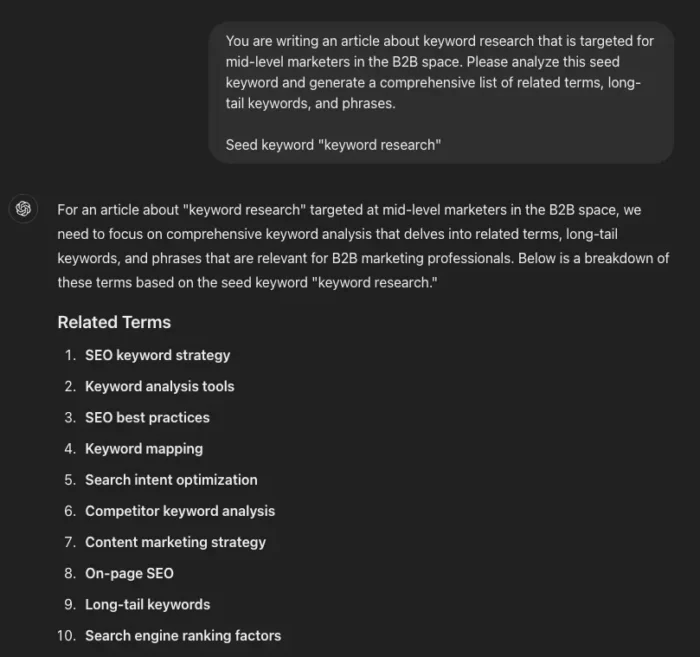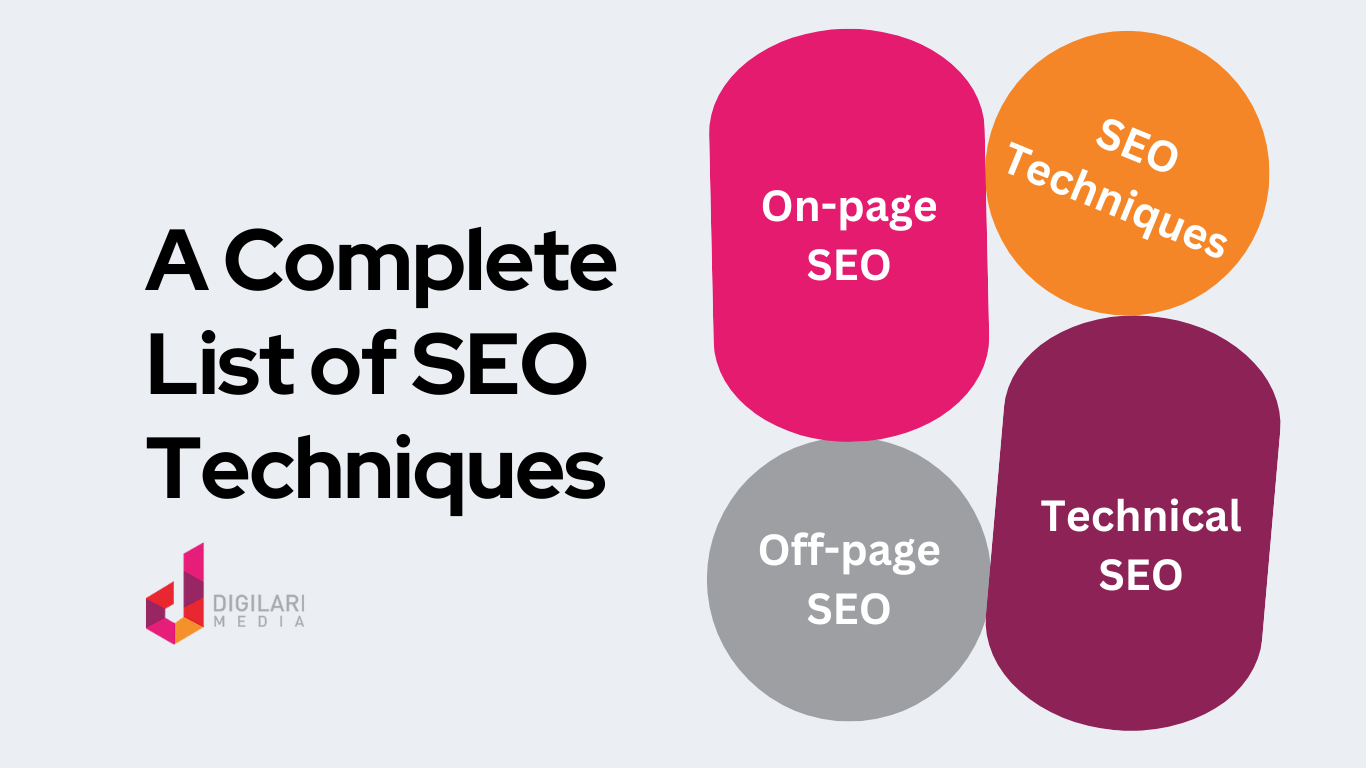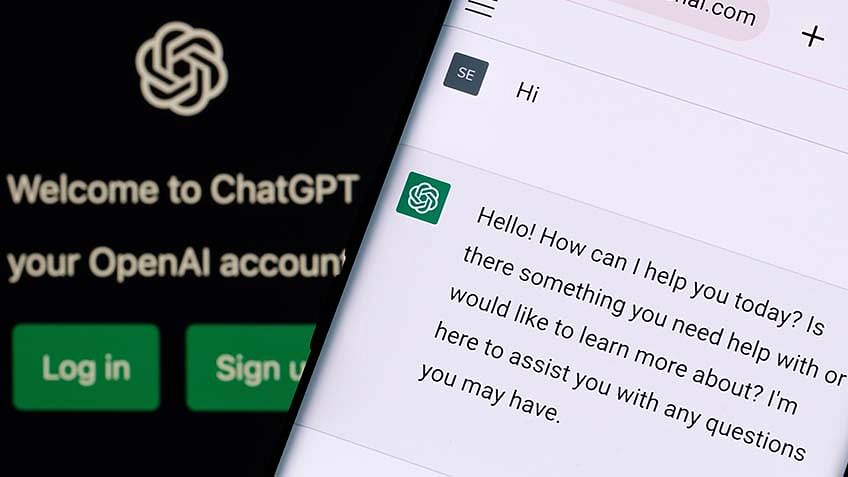Advanced SEO Guide to Promote Brain Retraining Academy
If you run a brain retraining academy, you already know this isn’t your average online course platform. You’re selling transformation—rewiring minds through neuroplasticity training, reshaping thinking patterns, and offering hope for people dealing with anxiety, burnout, chronic pain, and beyond. But here’s the catch: if your site isn’t discoverable, all that power sits in the dark. That’s where advanced SEO comes in.
At NeuroTechInsider.com, we’re all about data-backed tech that transforms brain health—whether it’s non-invasive wearables like Apollo Neuro or neurofeedback-guided AVE headsets. In the same spirit, we’re breaking down how your website can harness SEO the way our users harness light-sound stimulation—to create clarity, control, and deep visibility.
1. Why SEO Matters for Brain Retraining Programs
“If it’s not on page one, it might as well not exist.”
Your potential students are Googling things like:
- “Best online brain retraining course for anxiety”
- “Neuroplasticity exercises for trauma recovery”
- “How to rewire the brain from negative thoughts”
If your site isn’t optimized to rank for these, they’re going to end up on a competitor’s site—or worse, in a YouTube rabbit hole of pseudoscience. SEO is the infrastructure behind trust and discovery. It turns browsers into learners, and learners into loyal students.
2. Keyword Research: Finding What Your Students Are Actually Searching
Let’s start where every solid SEO strategy begins: intent-driven keyword research.
Unlike generic course keywords, you want niche search terms that align with your program’s transformation promise. Think less “online classes” and more “brain retraining to heal emotional trauma.” These are called long-tail keywords, and they’re gold for high-converting traffic.
Tools for Keyword Discovery
Use professional-grade tools to uncover what people are searching:
- Ubersuggest by Neil Patel – Beginner-friendly and free.
- Helium10 – Great for deeper niche segmentation.
- Google Keyword Planner – Raw data straight from Google.

Sample High-Intent Keywords to Target
- brain retraining academy
- neuroplasticity training for anxiety
- online brain rewiring course
- emotional trauma recovery with mindset therapy
- neuroscience-based transformation coaching
Be sure to validate them with search volume, competition level, and CPC (cost-per-click). This helps you prioritize keywords with conversion potential—not just traffic fluff.
3. On-Page SEO: Where Content Meets Technical Firepower
You’ve got your keywords. Now it’s time to turn your site into an SEO magnet.
Title Tags & Meta Descriptions That Convert
- Keep titles under 70 characters
- Place the main keyword at the beginning
- Use persuasive power words: “transform,” “breakthrough,” “heal,” “fast-track”
Meta descriptions should summarize your offering in under 160 characters and encourage a click with urgency:
“Discover breakthrough brain retraining programs to reset your mind. Evidence-backed, fast-track courses for anxiety, burnout, and stress.”
Header Structure = Reader Experience + SEO Clarity
Use H1 → H2 → H3 hierarchy properly. Each section should build clarity while allowing Google to parse the structure of your content. Bonus points if you include a keyword variation in subheadings.

Use Schema Markup for Courses
By implementing Course Schema, you help Google understand your offering at a data level. This can unlock:
- Rich snippets for course ratings
- Instructor names and credentials
- Course duration and pricing
Platforms like Schema for WP make this easy to implement with no code.
4. Content Strategy: Pillars, Clusters, and Trust-Building
Your website content should be more than a homepage and a sales page. You need a content ecosystem that reflects expertise and attracts traffic through value.
Build Topical Clusters Around Brain Retraining
- Pillar Page: “The Ultimate Guide to Brain Retraining for Emotional Healing”
- Support Pages:
- “What Is Neuroplasticity and Why Does It Matter?”
- “Brain Retraining Exercises for Trauma Recovery”
- “Daily Mindset Routines Based on Neuroscience”
Link these pages together. This sends clear signals to Google and helps users dive deeper, just like we do on NeuroTechInsider with wearable tech reviews.
Leverage Authority With Real Testimonials and Experts
- Include interviews with neuroscientists or course developers.
- Publish case studies from students who’ve overcome anxiety, trauma, or fatigue using your methods.
- Link to scientific papers or media mentions to prove efficacy.

SEO today is less about stuffing keywords and more about demonstrating E-E-A-T: Experience, Expertise, Authoritativeness, Trustworthiness. Real-world stories are your ticket to that.
Coming Next…
In the second half of this article, we’ll explore:
- Technical SEO optimization for course websites
- Link building and authority signals
- Local SEO tactics if you host live workshops
- Advanced strategies like AI and voice search optimization
- How to measure success with tools and KPIs
Ready to turn your brain retraining website into a visibility machine? Stay tuned for part two.
5. Technical SEO: The Silent Engine Behind Your Ranking Power
Let’s be real — it doesn’t matter how inspiring your content is if Google can’t properly crawl, index, or render your site. That’s where technical SEO comes into play. It’s the plumbing of your online academy — invisible, but absolutely essential for performance.
Mobile Optimization & Site Speed
Most of your visitors are on mobile, especially those engaging with wellness content. If your site isn’t mobile responsive, you’re leaving rankings (and revenue) on the table.
- Use tools like Google PageSpeed Insights to audit speed issues.
- Compress large images and lazy-load them where appropriate.
- Use clean fonts and optimize for fast rendering.
Pro tip: Don’t overstuff your homepage with animations or pop-ups. It might “feel” impressive but can tank your load times and frustrate users.
Core Web Vitals and HTTPS
Core Web Vitals measure how fast your content loads, how stable it is, and how soon it becomes interactive. Google takes this seriously — and so should you.
- LCP (Largest Contentful Paint) under 2.5 seconds
- CLS (Cumulative Layout Shift) under 0.1
- FID (First Input Delay) under 100ms
And don’t forget: if your site still doesn’t use HTTPS, Google sees you as a security risk. Use a valid SSL certificate — no exceptions.
Strategic Internal Linking
Think of your internal links like synapses in the brain — they create pathways for exploration, relevance, and retention. Here’s how we do it at NeuroTechInsider:
- Link from blog posts to course pages using natural anchor text.
- Use a “related content” widget at the end of posts.
- Cross-link supporting articles within your content clusters.
Example: From a blog about brainwave entrainment tools, link to your course on neuroplasticity and sensory training.
6. Link Building: Gaining Authority in the Eyes of Google
Backlinks are still one of the strongest ranking signals. But it’s not about quantity — it’s about quality, context, and trust.
Backlink Outreach Strategy
- Reach out to wellness blogs, neuroscience forums, and alternative healing platforms.
- Offer value: free guest posts, expert opinions, or case study collaborations.
- Include internal citations that point to trusted product reviews or your own program data.
Leverage Guest Blogging
Submit high-quality articles to relevant publications. For example:
- PsychCentral – mental health and neuroscience
- Medium – storytelling meets expertise
- MindBodyGreen – wellness audiences ready for brain training
Cite and Be Cited
Link out to credible sources and research, like:
- PubMed – Neuroplasticity studies
- Verywell Mind – accessible mental health info
Don’t be afraid to include charts or data visualizations to boost shareability and engagement.
7. Local SEO for In-Person & Hybrid Training
Offering live sessions, workshops, or speaking engagements? Then you need Local SEO.
Google Business Profile Optimization
Make sure your Google Business Profile is:
- Verified and fully filled out
- Loaded with real, high-res images
- Filled with reviews from satisfied students
List in Educational Directories
- Class Central
- CourseTalk
- Relevant local health & wellness registries
This makes your academy easier to find for students searching “brain retraining near me” or “mindset therapy workshops in [city].”
8. Advanced SEO: AI, Voice Search & E-E-A-T
AI-Assisted SEO & Content Planning
Use AI tools like Jasper or ChatGPT to draft blog outlines, FAQs, and even lead magnet scripts — just make sure to fact-check and humanize everything.
Voice Search Optimization
Over 40% of US adults use voice search daily. Optimize for questions like:
- “What is the best brain retraining course for anxiety?”
- “Can I rewire my brain for positivity?”
Use an FAQ schema or accordion-style FAQs to help Google feature your answers in voice results.
E-E-A-T: Build Trust at Every Turn
Google now demands that you prove:
- Experience – Have you personally delivered results?
- Expertise – Are you qualified to teach neuroscience-based programs?
- Authoritativeness – Do others cite or reference you?
- Trustworthiness – Is your site secure, honest, and transparent?
Showcase instructor bios, testimonials, affiliations, and certifications to support this framework.
9. Measure What Matters: SEO Analytics & Iteration
SEO is not a set-it-and-forget-it game. You need to track, test, and tweak regularly.
Track Your Performance
- Google Search Console – For indexing, click data, and keyword performance
- Google Analytics – For user behavior and conversion goals
- Optional: SEMrush or Pro Rank Tracker for deeper keyword tracking
A/B Testing for Optimization
- Try different call-to-actions: “Enroll Now” vs. “Start Your Brain Reset”
- Swap testimonials or layout positions on landing pages
- Test video hero headers vs. static visuals
10. Conclusion: The SEO Path to Empowering Minds at Scale
Brain retraining is deeply personal — but your reach can be global. By implementing these advanced SEO strategies, you’re not just improving rankings; you’re giving more people access to life-changing tools.
From keyword strategy to schema markup, from backlinks to trust signals, every tactic builds your academy’s reputation as a credible, transformative force.
At NeuroTechInsider.com, we believe in empowering the mind through evidence-based tech — and we see SEO as no different. It’s the technology behind your impact. Build it right, and the right people will find you.
FAQs
How long does it take for SEO to show results for a new brain training site?
Generally, expect measurable improvements in 3–6 months. Niche keywords may rank faster if competition is low and your content is strong.
Can I rank without backlinks?
It’s possible in ultra-niche topics with zero competition, but for sustainable growth and visibility, building backlinks is essential.
Is video content necessary for brain retraining SEO?
Not mandatory, but highly recommended. Videos boost engagement, time-on-site, and SEO — especially for course overviews and testimonials.
How important is site speed for ranking?
Crucial. Site speed affects user experience and is a confirmed Google ranking factor. Aim for sub-3 second load times.
Need help optimizing your course platform or deciding on the best sleep tech for neurorecovery? Visit NeuroTechInsider and dive deeper into cutting-edge brainwear reviews.
